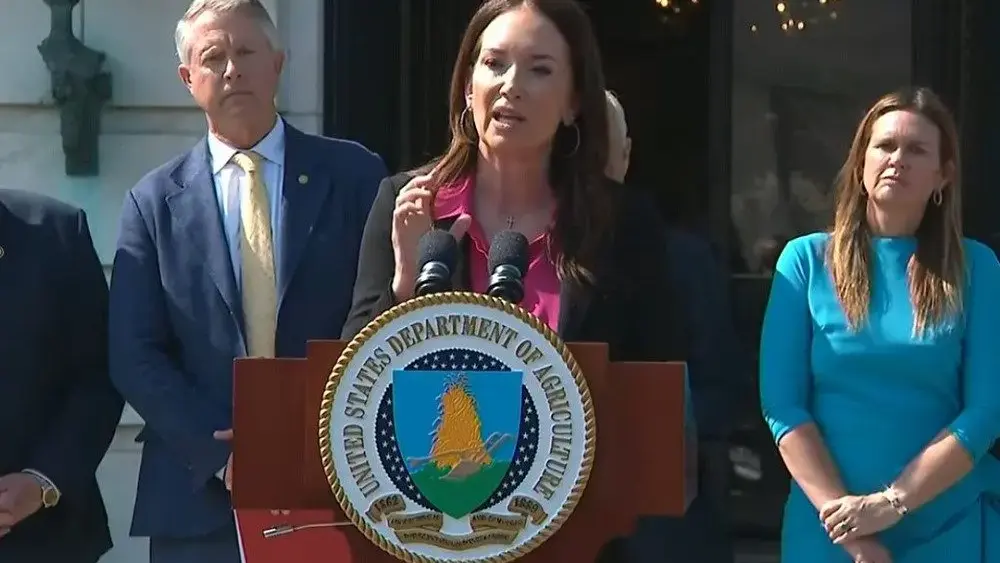
This week is National Pollinator Week. USDA’s Environmental Quality Incentives Program (EQIP), gives financial and one-on-one support to producers to implement conservation practices on their farms.
“That will help improve soil, water and air quality, as well as wildlife habitat, energy uses, and helping the ag operation function better,” said Becky Otto, EQIP coordinator with USDA-NRCS in Michigan. “It includes practices from putting in a conservation cover—like a native grass planting for pollinators—all the way to putting in an agricultural waste pit for manure.”
Otto said there’s five main steps to enroll in EQIP. The first step is to plan, and Otto suggests farmers to visit their local NRCS office.
“The staff in that office will help you to develop a conservation plan for your land based on your goals and your vision,” she said. “It’s tailored to the site and to the farmer.”
Once the staff determines which conservation plan is right for the operation, next comes the application process.
“Applications are accepted on a continuous basis, but they’re considered for funding during special specified times,” said Otto.
The third step is eligibility. Otto said that’s where NRCS looks at certifications and gathers additional information to make sure the producer is qualified for EQIP.
“A lot of farmers may already have farm records established with their local Farm Service Agency, but if not, that’s something that would need to be done,” she added.
After that, NRCS takes the conservation plan and the items you want to implement through EQIP and ranks them.
“The higher the score, the more likely you are to receive funding,” said Otto. “The ranking is based on the conservation benefits that those practices are going to provide once they’re implemented.”
The final step is implementation. Otto said that if someone is selected to be enrolled, they can decide if they are going to sign a contract or not.
“Once that contract is signed, there’s a specified amount of time to implement those practices according to NRCS standards and specifications, which are provided in the conservation plan,” she said.
If you’re interested in trying out a conservation practice on your operation, Otto added that if you’re considering conservation practices, the application can be filled out at any time.
“With EQIP being there to help us improve our natural resources and improve the efficiency of farms and how important pollinators are in helping us produce the food we eat, it’s a great time to start thinking about what kind of pollinator activities you might want to do,” said Otto.
For more information, visit nrcs.usda.gov.





